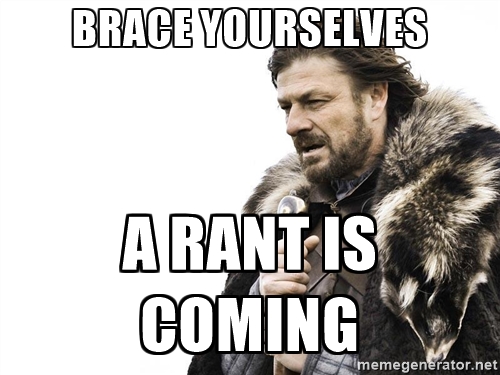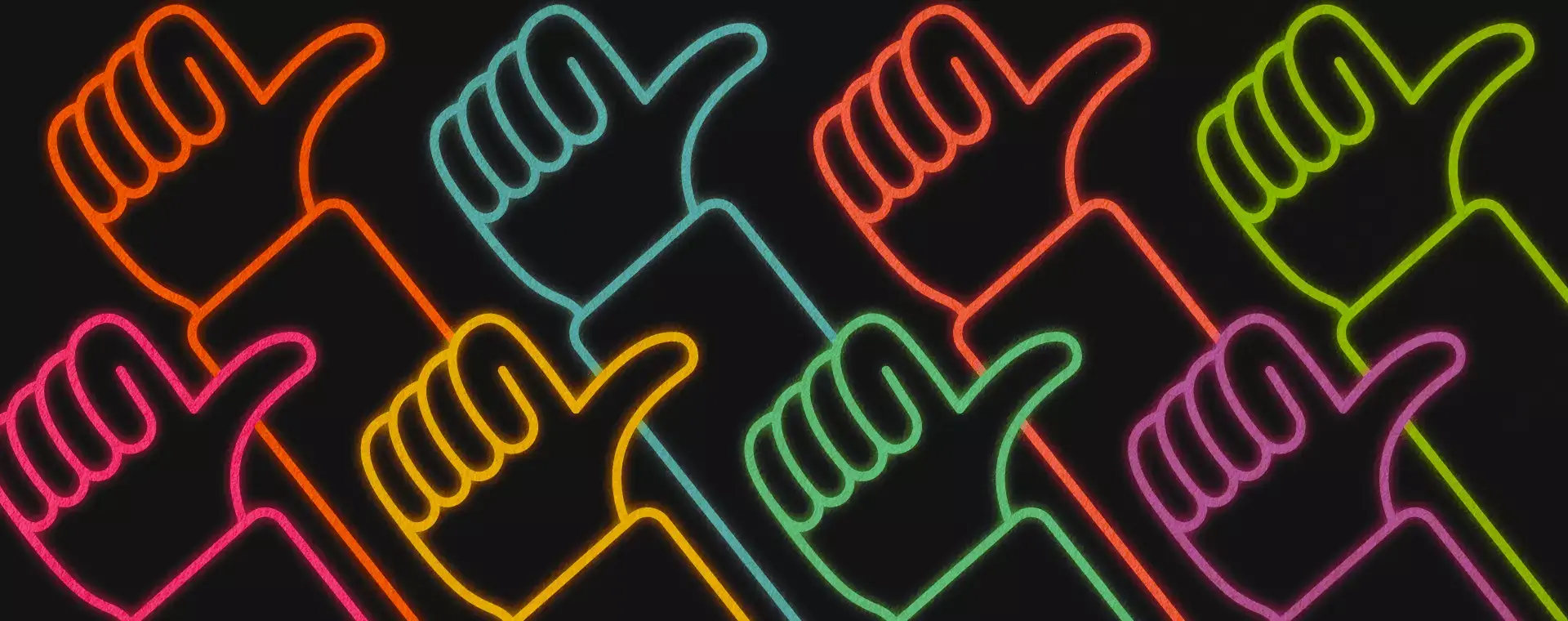Brainstorming sessions are overrated. Super overrated. We believe the best ideas are generated in advance of meetings or sessions. They are done through independent thought.
But that doesn’t mean that collaborative work can’t advance an idea. Taking an idea to the next level using group collaboration is a very effective strategy. We do it all the time at Stryve. We call it riffin’. Riff sessions are where independent, creative ideas go to grow.
[/intro]
So What Exactly is a Riff Session?
A riff session is a free-flowing discussion of a particular idea. The goal is to use a lively, creative discussion to take an already formed idea to the next level. For example, you can do a riff session on something as simple as email copy. A team member might require some group support to get their email copy to be more effective and memorable. We’ll talk about anything from the subject line to the salutation at the end. We’ll ask questions like:
- Is this email too long? What can we cut out?
- What if it came from someone else?
- Will anybody care about this?
- Is there something bold we can say?
- Can this email be funny, sad, aggressive, laid back?
The goal of this session is to take the email copy to the next level. It’s important to know that riff sessions are not where ideas start. They are where ideas grow.
What Are The Riffing Ground Rules?
Riff sessions have very specific ground rules. They are meant to provide structure that allows for maximum creativity.
Rule #1: Appoint a Lead and Riffers
The lead is the originator of the riff session and is responsible for synthesizing and applying feedback. They are usually the owner of the output and are using the riff session to take their idea to the next level. They are somewhat comparable to an editor. Riffers provide input. Their role is to work hard to push the idea, not to focus on the final product. Without this hierarchy, riff sessions become unproductive.
Rule #2: Directors Have Final Say
Leads incorporate any feedback or idea they deem appropriate. A riffer only provides feedback. The job of the director is to decide what to do with it. At no point are leads beholden to particular feedback.
Rule #3: Come Prepared
Directors need to provide a brief on what they are looking for. This allows the team to come prepared with semi-formed thoughts. This allows the team to focus the session on next-level ideas.
Rule #4: Ask Divergent Questions
Divergent questions take riff sessions to points of insight and inspiration. They challenge our basic assumptions. Some questions we find effective are:
- Do you think anyone cares? This is great for marketing copy. Challenge the importance of your message.
- What if we did the opposite? This is a great tool to try something entirely new. Test the idea of doing the exact opposite of your idea.
- Can we make this simpler? I know this sounds conventional, but it’s amazing how often this question leads to key insights.
Rule #5: Feel Free to Go on a Rant
Sometimes we’re too focused on efficiency. Good riff sessions can play on streams of consciousness and thought. Going on a 2-minute rant on something can get the juices flowing. Feel free to have others join in. Don’t worry too much on what you are trying to accomplish. Just let if flow and encourage others to do so as well.

The Inspiration for Riff Sessions
Our riff session is based on Pixar’s Braintrust sessions. Pixar pulls together the smartest people in the organization to assess each movie they are making. They are charged with identifying and solving problems and pushing ideas toward excellence. Although not entirely the same as our riff sessions, the Braintrust sessions are about pushing ideas forward through candid, free-form talk.
Get Riffin’
Try running your own riff session. Make sure it’s lively, full of give and take, and totally candid. You’ll start to realize that working in a riff atmosphere is energizing. It gets you to places you never expected. That’s what creativity is all about.








